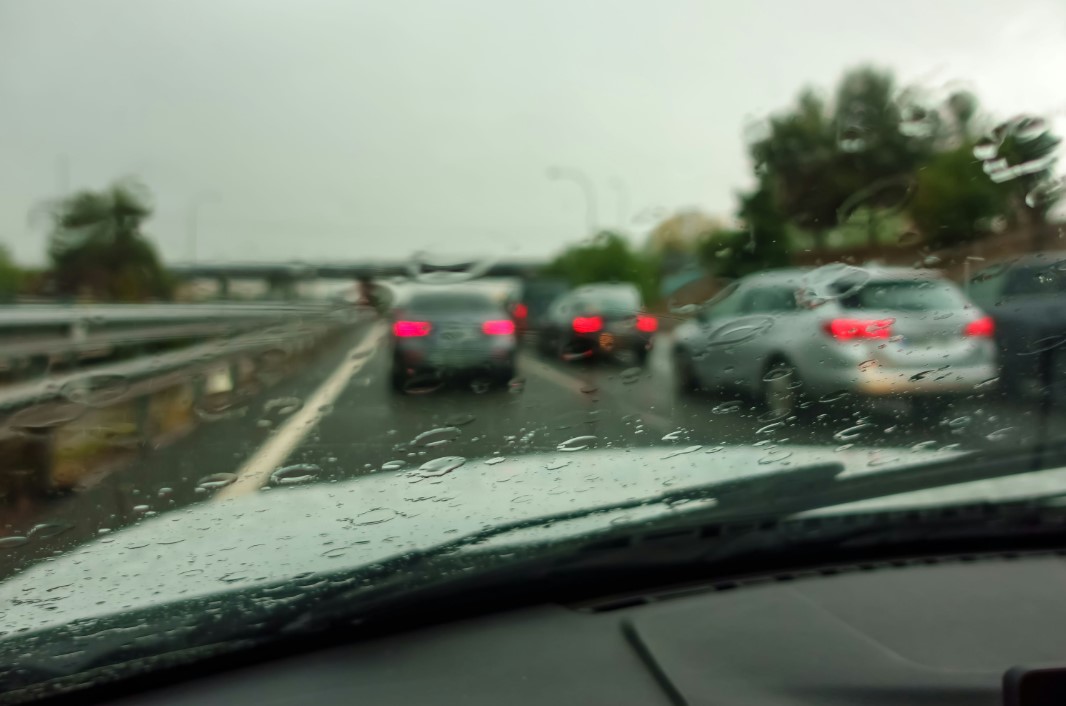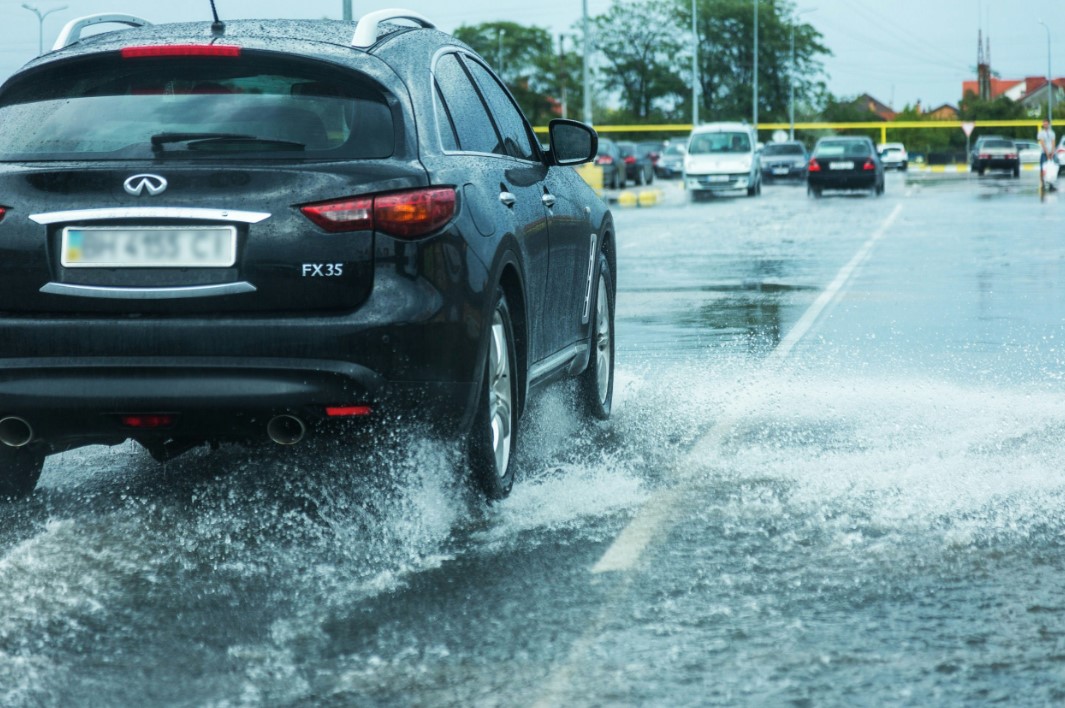Whether you’re a new driver or have years of experience under your seatbelt, driving in the rain can be a nerve-wracking experience. With reduced visibility and less grip on the road, everything feels less predictable and safe. But, if you have the right mindset and are well-prepared, you can lower your risk of getting into trouble on a rainy day.


Before You Drive: Start Your Journey Right

We should always take care of our vehicles before we set off on a journey, and this is even more important when it’s raining (or might be soon). Always check the weather forecast before heading out. If there’s a risk of flooding, plan your route accordingly.
In addition, ensure that your tires (tread and pressure), windshield wipers, and lights are in good condition. When the rainy season starts, it’s a good idea to have a certified auto mechanic check your vehicle and show you how to do a spot check before you drive. This will help you stay safe on the road.
Feeling some strange vibrations coming through your steering wheel? Seems like your car isn’t handling as well as it used to? Noticing some uneven wear on your tires? Time to get checked!
Our Tips for Driving in the Rain

#1 Increase Following Distance
If you remember only one of these safety tips for driving in the rain, this is it. When the road is wet, it’s harder for your tires to grip, so vehicles take longer to slow down. Putting more space between yourself and the other cars on the road makes the drive safer for everyone. Don’t use cruise control – it’s important to have full control of your vehicle when driving in bad conditions.
#2 Use Your Headlights
Your headlights aren’t just for nighttime! They make your car easier to see, helping other drivers avoid you when visibility is bad. If you have fog lights, don’t hesitate to use them in heavy rain or fog. And on the inside of the car, make sure the defogger is on to keep your windows clear.


#3 Reduce Speed & Sudden Movements

When driving in the rain, you should always proceed with caution. Decrease your speed by about a third so you’re comfortably under the speed limit. This gives you more time to react and reduces the risk of hydroplaning. Whatever you do – steering, accelerating, and braking – do it as smoothly as you can to keep the car under your control.
Navigating Water on the Road

Hydroplaning is when your car’s tires lose contact with the road and begin to skid on the water. If this happens to you, the most important thing to do is stay calm and don’t touch your brakes (unless you have anti-lock brakes). Instead, ease off the accelerator and steer in the direction you want to go until you regain traction and control.
Where possible, avoid puddles and flooded areas. Apart from the risk of hydroplaning, the water may obscure potholes or obstacles. If you have to cross water, proceed slowly and steadily, and test your brakes afterward to ensure everything works as it should.

Rain or Shine, Coastal Collision & Towing Has Your Back
No matter how careful you are, there’s no way to prevent 100% of rain delays and unexpected accidents. Our towing and repairs services are available 24/7, so you never have to feel alone on the side of the road in a downpour.
Save our number so you always have a helping hand when things go wrong! Pull over and get in touch – we’ll send a team out to ensure you and your vehicle get home safely, no matter the weather!

Contact us today for a free estimate or to schedule a service
Put your vehicle in the best hands. Wherever life finds you in New York, call on Coastal.